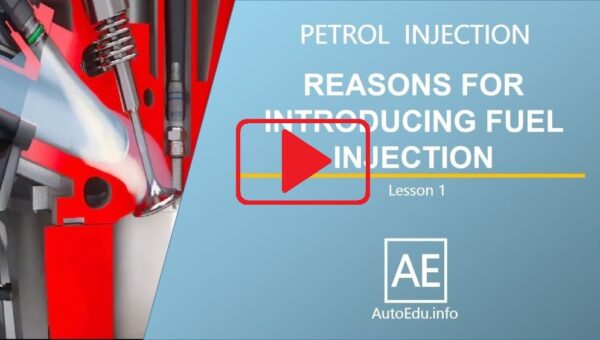Air impact wrench
The air impact wrench is one of the most popular tools for service technicians. It is sometimes called an impact gun or rattle gun. It is available in different sizes with different impact sockets. It is intended for loosening large, very narrow screws. Specially hardened impact sockets are used for impact wrenches because ordinary ones can crack or explode and thus endanger the safety of the operator and others in the immediate vicinity.
Air impact wrench with sockets
Air impact wrenches are useful for loosening lug nuts on a raised vehicle without locking the wheels due to turning. They are used to separate the exhaust manifold because it releases nuts and bolts with a blow instead of tearing them off. They are also convenient on the shock absorber bolts, as well as the flywheel because it is not necessary to block the crankshaft rotation.
The air impact wrench can be turned in both directions. The selector is used to select whether to unscrew or tighten the bolts and nuts. High-power models can deliver a torque of up to 600 Nm. The output shaft rotates at 2,000 to 14,000 rpm depending on the model. When the air impact wrench encounters resistance, a small spring-loaded hammer strikes the drive shaft on which the socket is located. Every hammer blow moves the socket a little until the equilibrium torque is reached, ie when the torque of the screw is equal to the output torque of the impact wrench.
Air impact wrench elements
To increase the unwinding force, it is necessary to bring more air by turning the air flow control knob counterclockwise. When an especially tightened screw is encountered, a little oil can be put into the inlet port of the air impact wrench to better seal the blades in the tool. Some compressed air supply systems have an additional device for automatic lubrication of air tools.
An impact wrench is never used for the final tightening of lug nuts. There is a risk of overtightening which can lead to failure and cracking of the nut and bolt.








